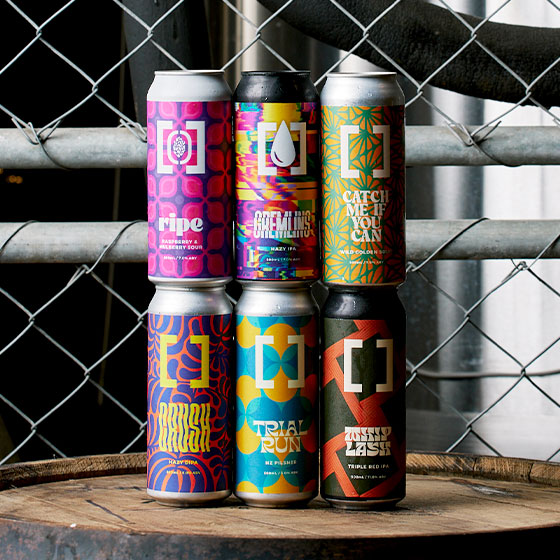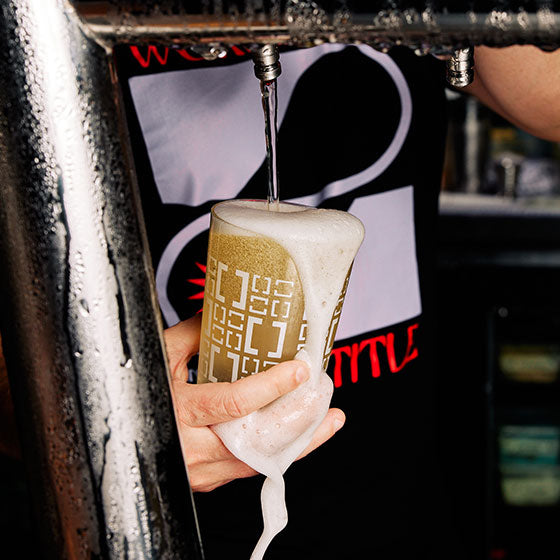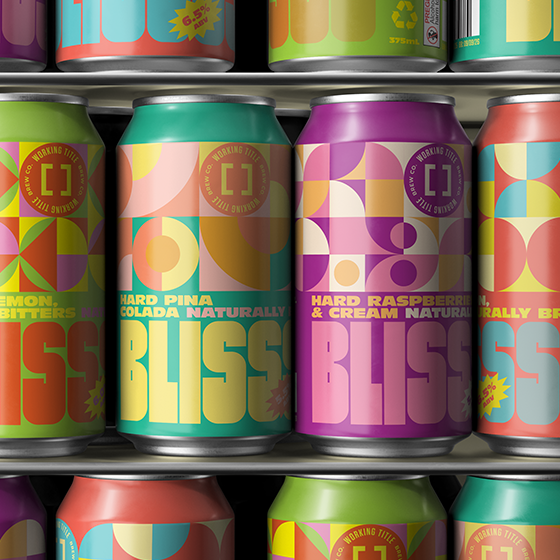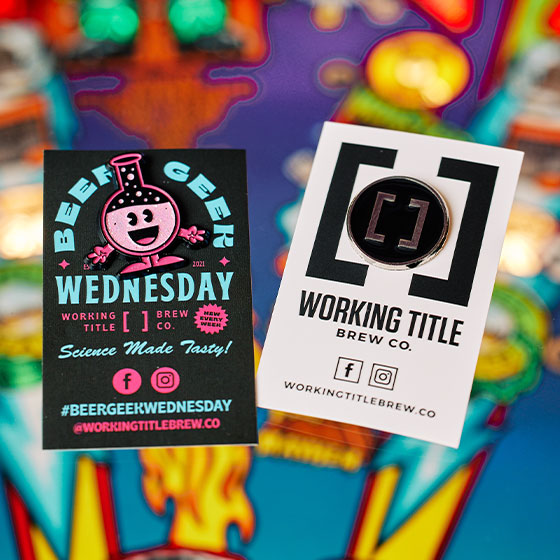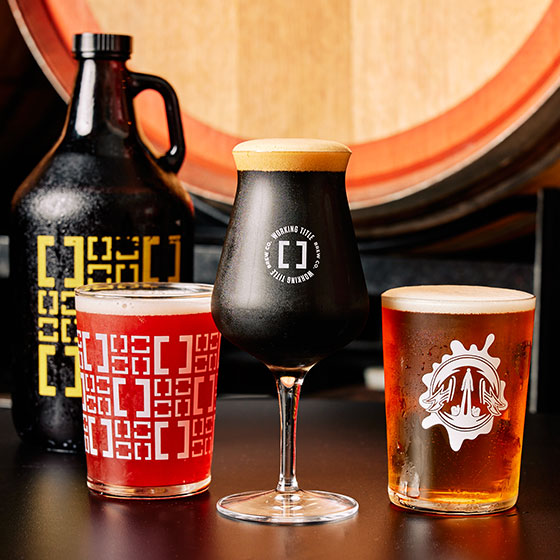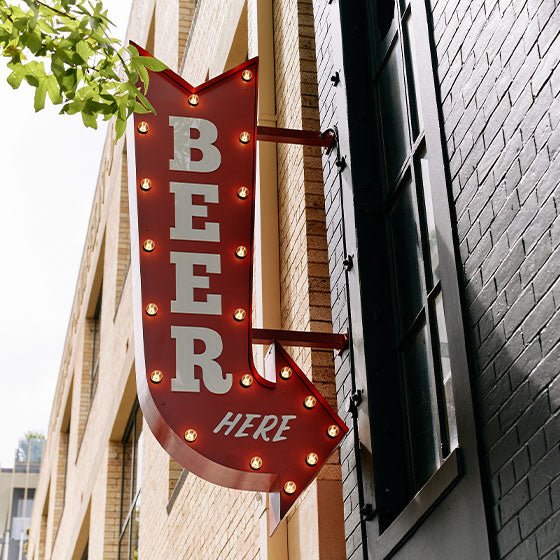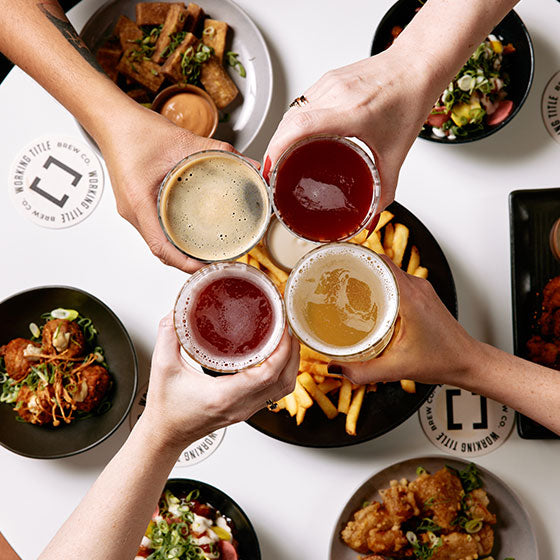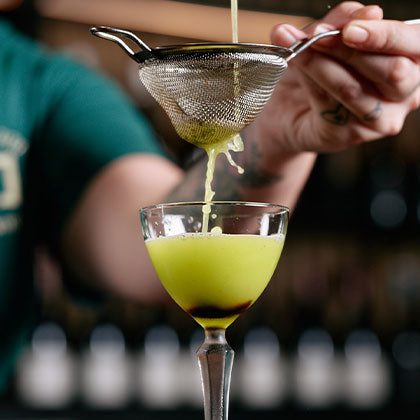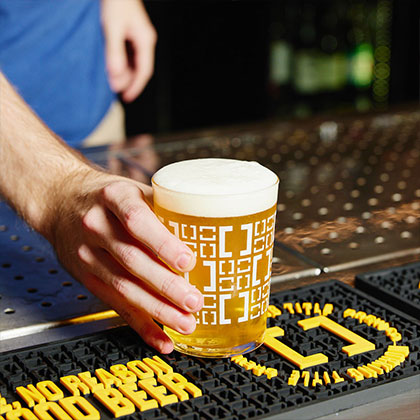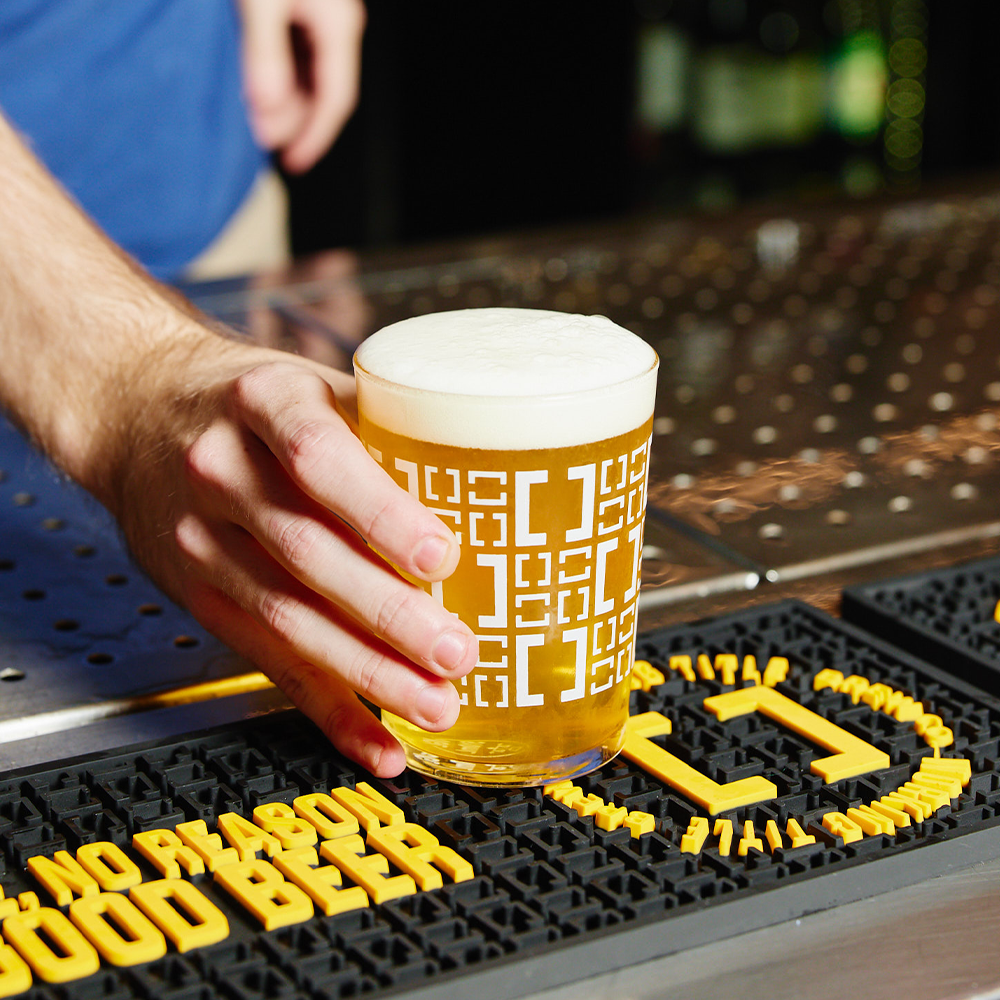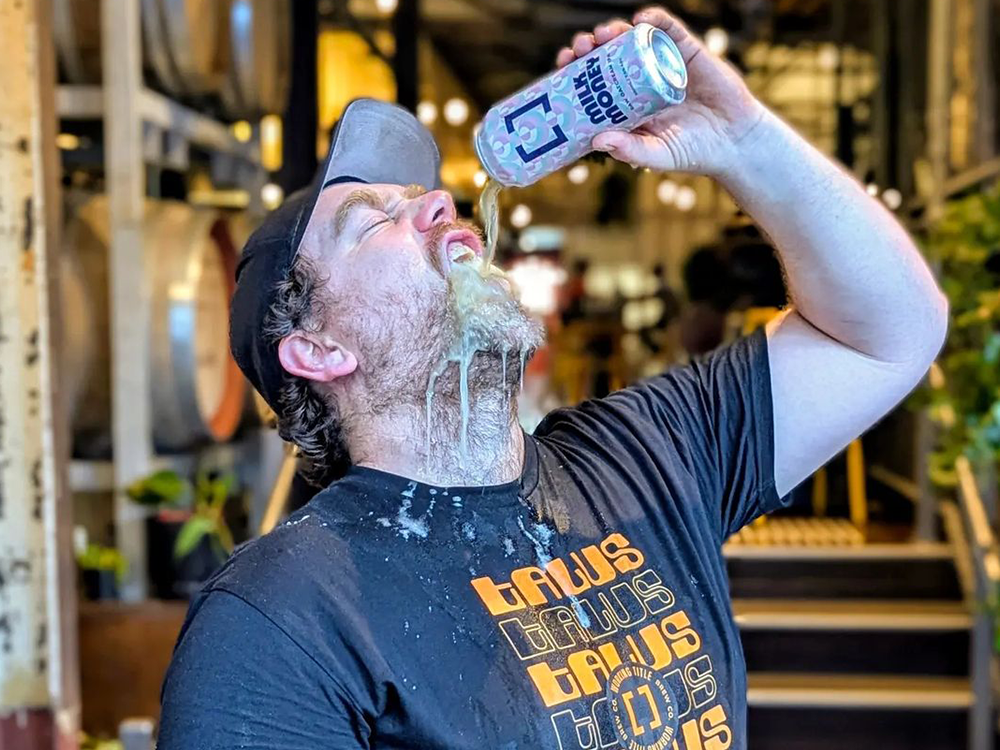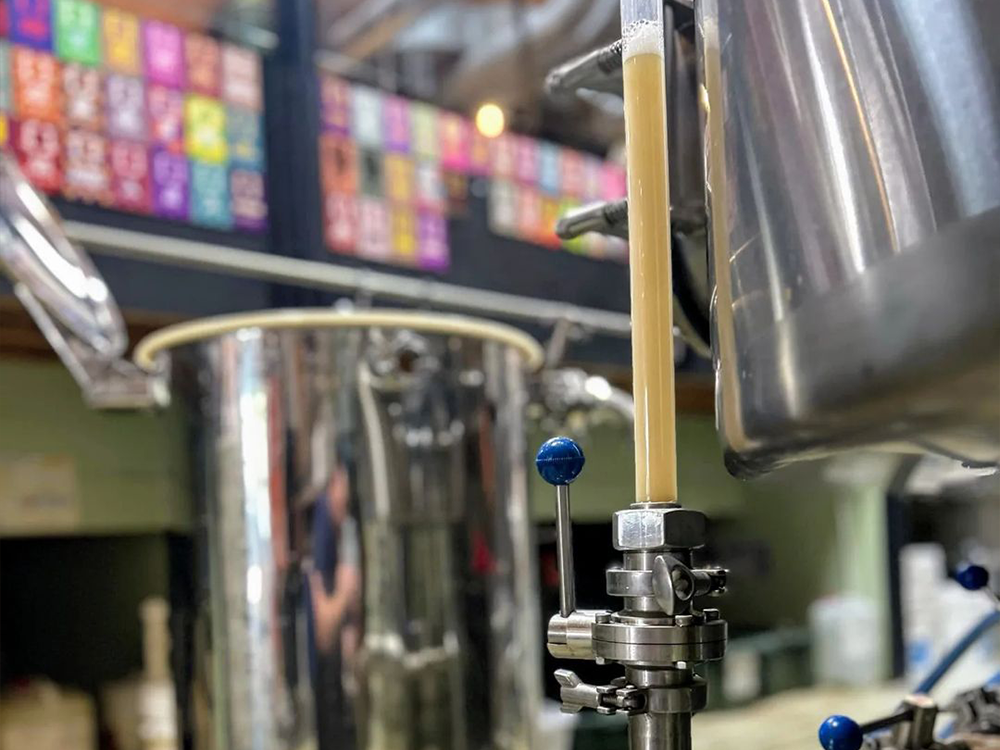This week we delved deep into Burtinising our water profile to make the most moorish WC DIPA imaginable. But, since I despise water chemistry, we won’t be discussing it here.
Leading into our Dark Beer tap darkout next weekend, I thought we would highlight the hero of dark beers, the malt. Dark malt comes in a surprisingly complex array of options, each with unique attributes that lend towards distinct applications. Obviously, colour is a signification outcome of these malts, but the often overlooked characters of aroma, mouthfeel, dryness, balance, bitterness, and acidity are not only unique to each type of dark malt, but they can be deployed to achieve specific results.
In the latter stages of malt production, the kernels are dried to a low moisture content for storage, logistics and ultimately use in brewing. This process gives the maltster a few options, driven largely by time and temperature. Pale malt, full of fermentables and enzymes, is dried quickly at a relatively low temperature. The higher the drying temperature and the longer the time of drying, the more the kernels toast, developing colour and flavour. Hit that 200oC mark for a few minutes and you get dark malt. But even dark malt comes in a myriad of varieties.
Dark malts range from lightly toasted, biscuit and brown malts, through to pale chocolate, chocolate, dark chocolate, roasted and black malts. Within these categories there is also the option to use grains such as rye or wheat, that, without a husk, are less bitter. There is also dehusked, chocolate barely malt, that provides colour and flavour with minimal bitterness. The higher the intensity of the toast, the darker the colour and the stronger those flavours will end up in the beer.
Now it all comes down to recipe development. We use a lot of Chocolate Wheat malt in most of our dark beers. It gives great colour, good flavour, but no bitterness. We are very excited to be launching a Double Irish Stout next weekend. The main focus of this beer style is dryness, which leads to drinkability. So we used a big whack of Roasted Barley. This type of malt takes pale malt, being fully dry, and then burns the crap out of it, to develop intense, bitter, coffee and chocolate flavours. But the mouthfeel is dry, improving the drinkability.
In this recipe, the Roasted Barley accounted for only about 5% of all the malt. We wanted to see if we could make a big, dark beer that people would enjoy drinking in the warmer months in Brisbane.
We’re really good at this beer launch, seasonality thing.

